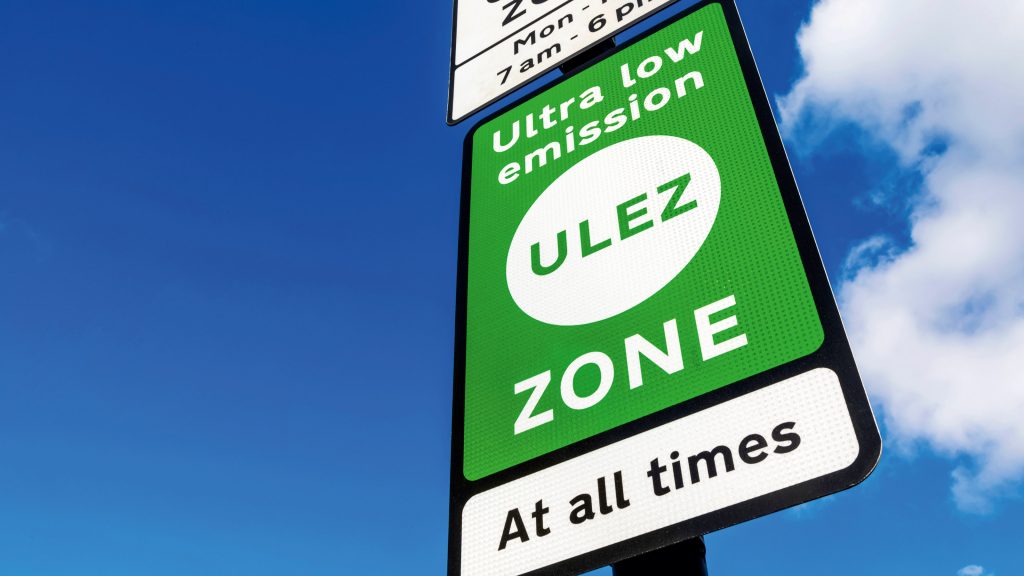THE expansion of London’s Ultra Low Emission Zone (ULEZ) has had limited impact on pollution in the new areas, a report says.
Transport for London (TfL) found no change in levels of pollutants since ULEZ expanded to the North and South Circular roads in October 2021.
But roadside nitrogen dioxide levels in the expanded zone had dropped by 43% since 2017, the report said.
London’s mayor said ULEZ’s expansion was making an “incredible difference”.
Sadiq Khan said: “I’m proud of the progress we have made in making our city’s air cleaner for millions of Londoners.
“We must now capitalise on this success, which is why I’m consulting on expanding the ULEZ London-wide to extend the benefits of clean air to all Londoners.”
The Greater London Authority (GLA) is consulting on expanding ULEZ to cover most of the capital by 2023.
Drivers of the most polluting cars have been charged a levy to drive into central London since 2017.
The scheme was known as the Toxicity Charge when it was first introduced.
The daily levy is now set at £12.50 to drive within the North and South Circular roads.
The original Central London zone roughly covers the City of Westminster, City of London and the area around Waterloo, while the new Inner London zone surrounds this area and includes the 14 boroughs located largely inside the North and South Circular.
Since its introduction in 2017, the Central London zone has seen a 29% drop in levels of PM2.5, while Inner London has seen a 16% drop in PM2.5 during the same period.
During these years, there have been fuel shortages, coronavirus lockdowns and a cost-of-living crisis. As such, TfL said it was “difficult to definitively attribute changes in emissions and concentrations to the impacts of the ULEZ”.
Other figures within the TfL report showed 94% of vehicles entering the ULEZ were compliant with the emissions rules.
